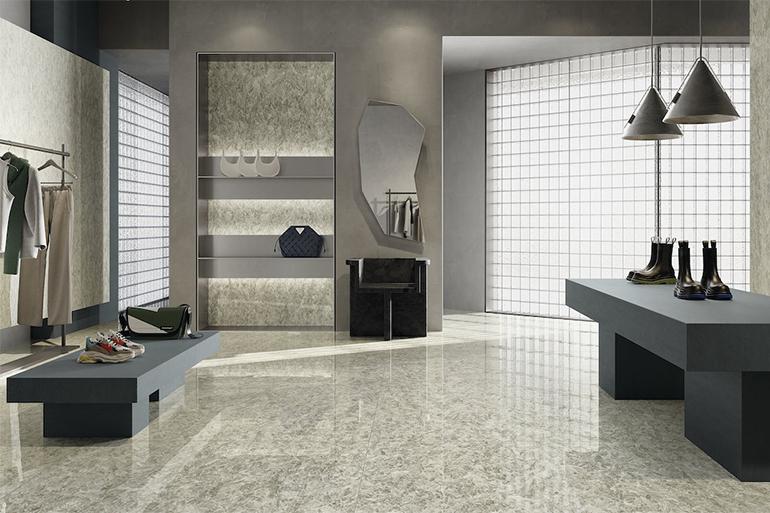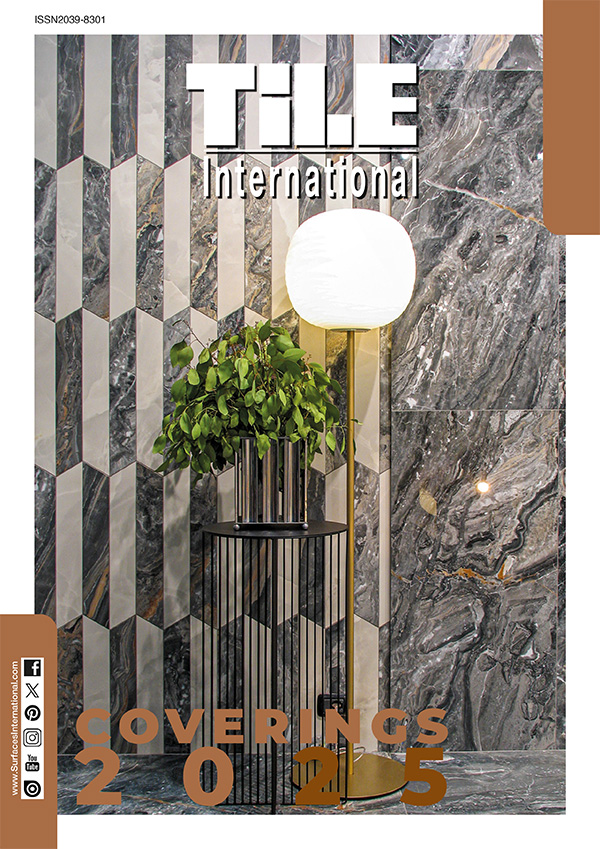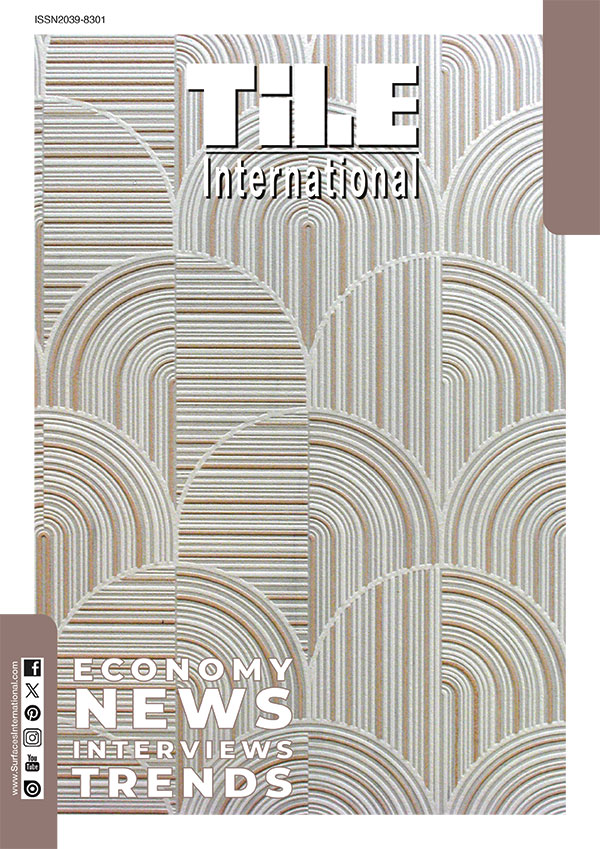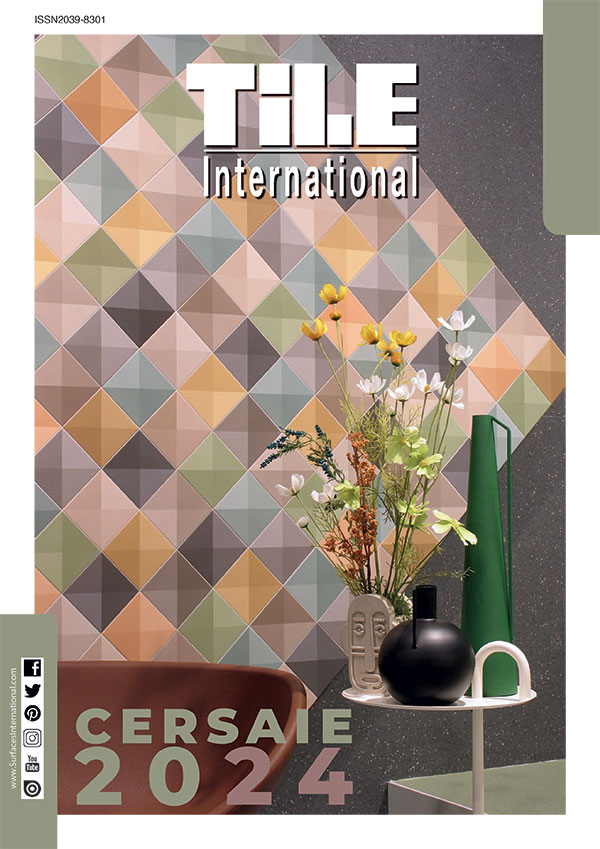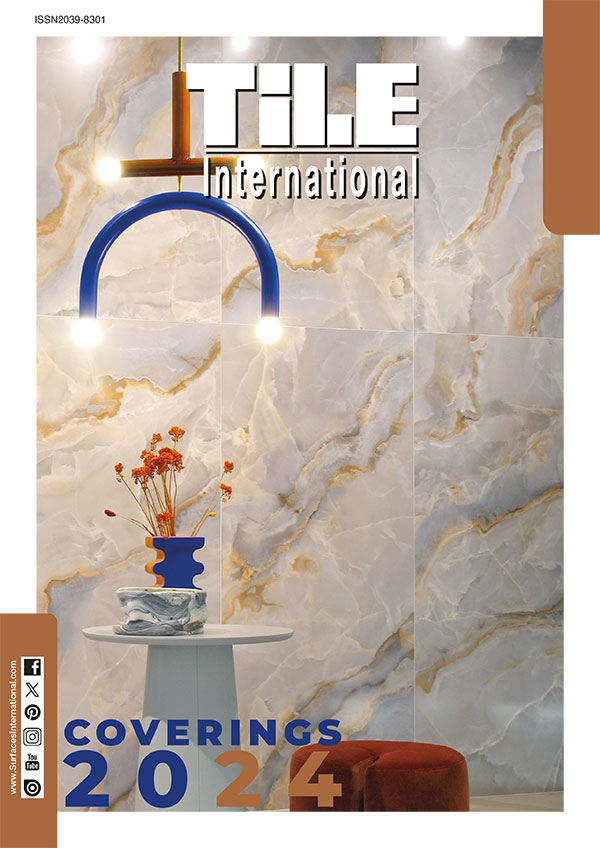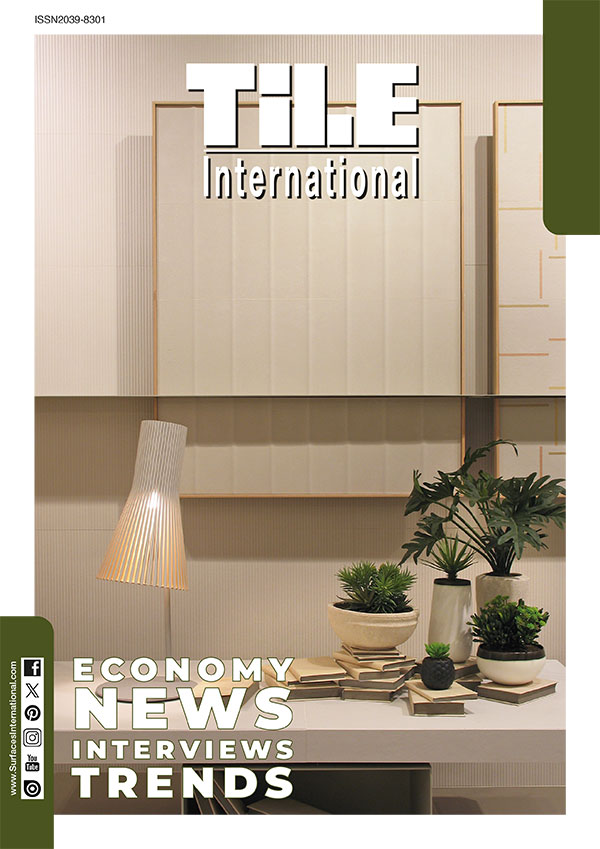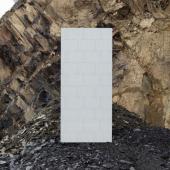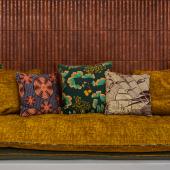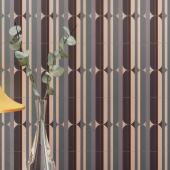Selenite Maximum by Fiandre Architectural Surfaces
Purity, sacrality, comfort: Fiandre Architectural Surfaces draws on the unique decorative power and changeable iridescence of Selenite, also known as moonstone, in the new Selenite Maximum collection.
People want the spaces they live in every day to reflect the way they feel, and to offer tactile and visual sensations conveying a sense of harmony and wellness. And this material is perfect for the purpose: Selenite, a luminous, transparent, crystallised stone that flakes off in thin translucent layers, takes on the symbolism of a mineral amulet, custodian of ancient legends, evoking a creative reawakening.
Fiandre Architectural Surfaces’ natural ceramic surfaces offer an evocative, exciting architectural experience, with luminous surfaces expressing the ancestral values of light and simplicity, transformed by today’s innovative technologies into elements we can live with, and live in. Porcelain, in the form of lapis specularis, reflects all its physical and metaphysical properties, responding to architects’ needs and desires. An ancestral enigma thus becomes a contemporary solution: a seductive response of great aesthetic and formal value offered by the world of design to the compelling demand for balance, and new beauty.
SIZES, COLOURS AND VERSIONS
Associated with spirituality since ancient times, Selenite has a strong iconic component, conveyed with unchanged beauty in today’s contemporary spaces. Visually captivating and naturally luminous thanks to their crystalline refraction, the ceramic surfaces in the Selenite Maximum collection, made from natural raw materials, become decorative solutions adding beauty to architectural and interior design projects as well as unique furnishings.
The result of a complex process of research, testifying to the cutting edge of technological development in the ceramics industry, Fiandre’s new collection offers surprising graphic features and three highly original colours - Selenite White Maximum, Selenite Greige Maximum and Selenite Black Maximum – for covering spaces with a prestigious touch while generating a sense of spatial and spiritual renewal.
Available in large 300x150 cm slabs and the smaller sizes 150x150, 150x75, 75x75, and 75x37.5 cm to offer the utmost flexibility in application, Selenite Maximum surfaces ensure the kind of performance only high-tech ceramics can offer: durability, mechanical strength and resistance to chemicals, non-absorbency and easy cleaning. The properties of Maximum surfaces also include all the flexibility and ductility of a surface only 6 mm thick.
THE JEWEL FINISH
In addition to performance and sustainability, innovation in materials goes hand in hand with aesthetic beauty, pleasing texture and multisensory qualities. Fiandre’s surfaces for architecture and interior design characterise spaces and emphasise colours and hues that add to the beauty of their design and appearance, in which finishes underline their three-dimensionality, adding elegance and intensity.
The Selenite Maximum collection introduces the exclusive Jewel finish, giving surfaces an even more vivid romantic look. The alchemic combination of an iridescent mineral with a glassy material allows light to dissolve in a crystalline cascade, allowing itself to be led into the openings in its texture to create a luxuriant stone effect featuring silvery reflections. It is as if the elements of a dream should sparkle among the details of reality, suggesting an exciting architectural experience that goes beyond ordinary material qualities.
MAXIMUM AND SUSTAINABILITY
The search for beauty goes hand in hand with protection of the environment and promotion of health. In addition to a significant reduction in consumption of raw materials and energy due to their reduced thickness, MAXIMUM surfaces contain more than 40% recycled material by weight, in accordance with standard ISO 14021, for a higher score under the LEED & BREEAM systems. Maximum surfaces are GREENGUARD and GREENGUARD GOLD certified and included in the EPD (Environmental Product Declaration) based on analysis of the product’s life cycle under standards UNI EN 15804 and ISO 14025, according to the “from cradle to grave” method.




